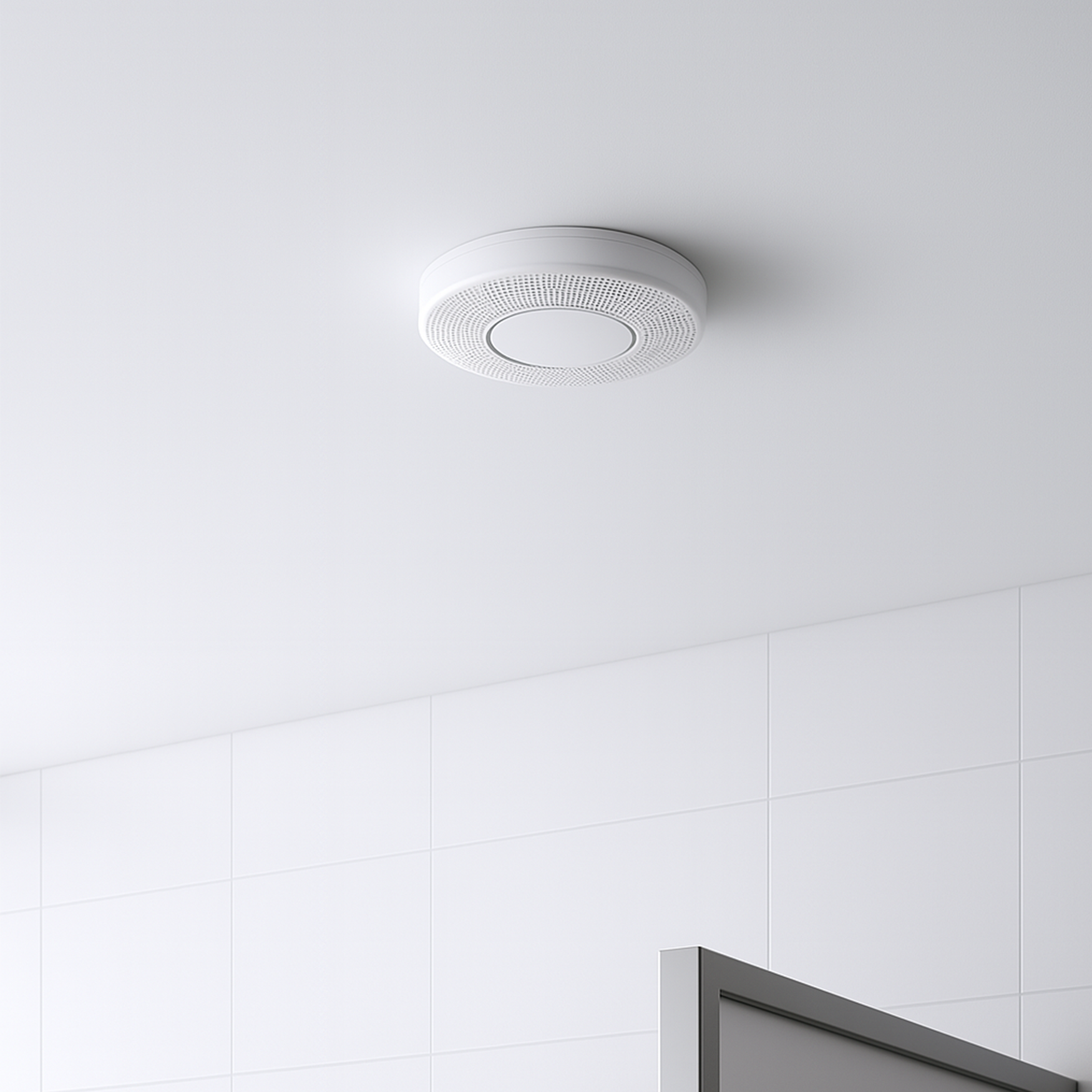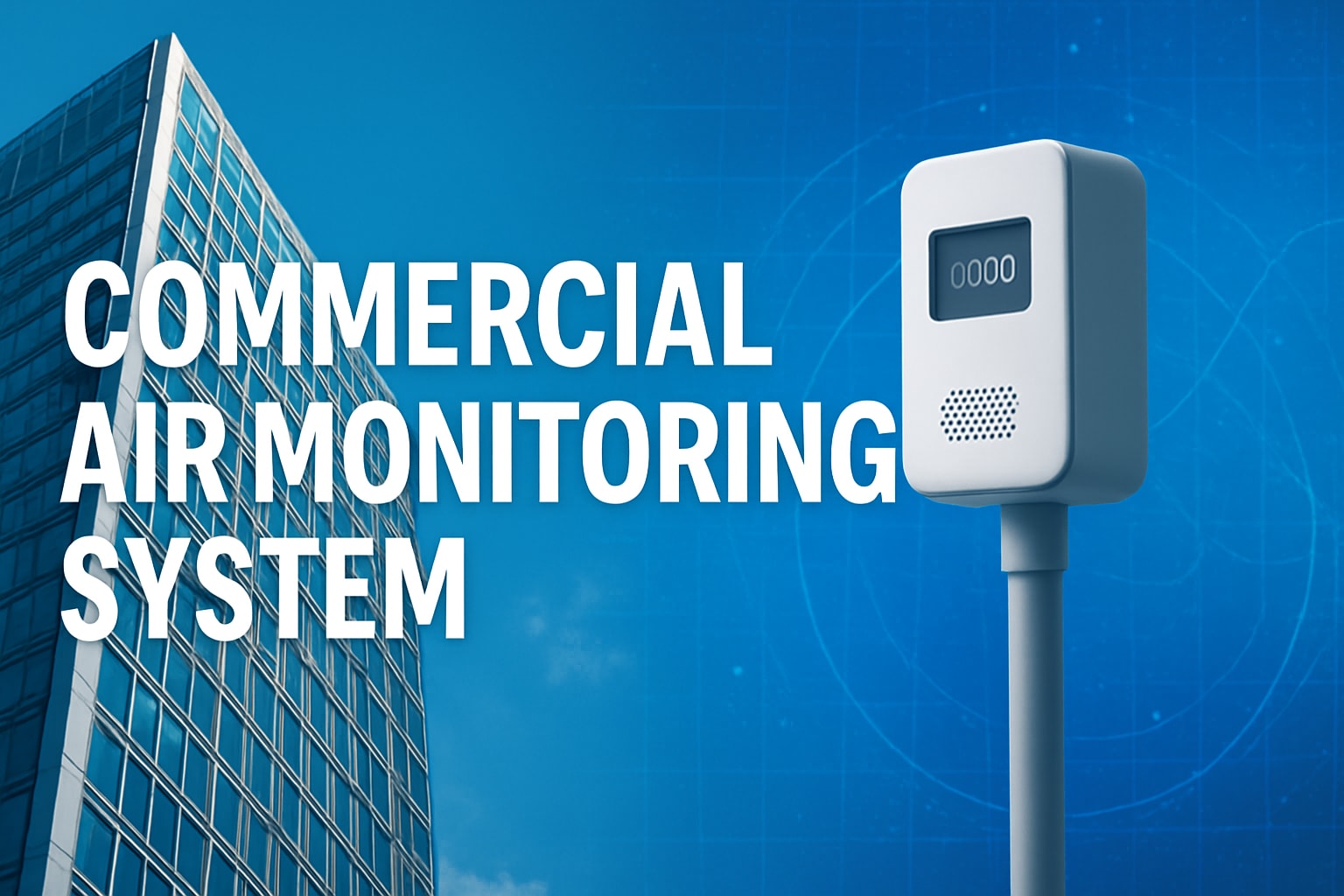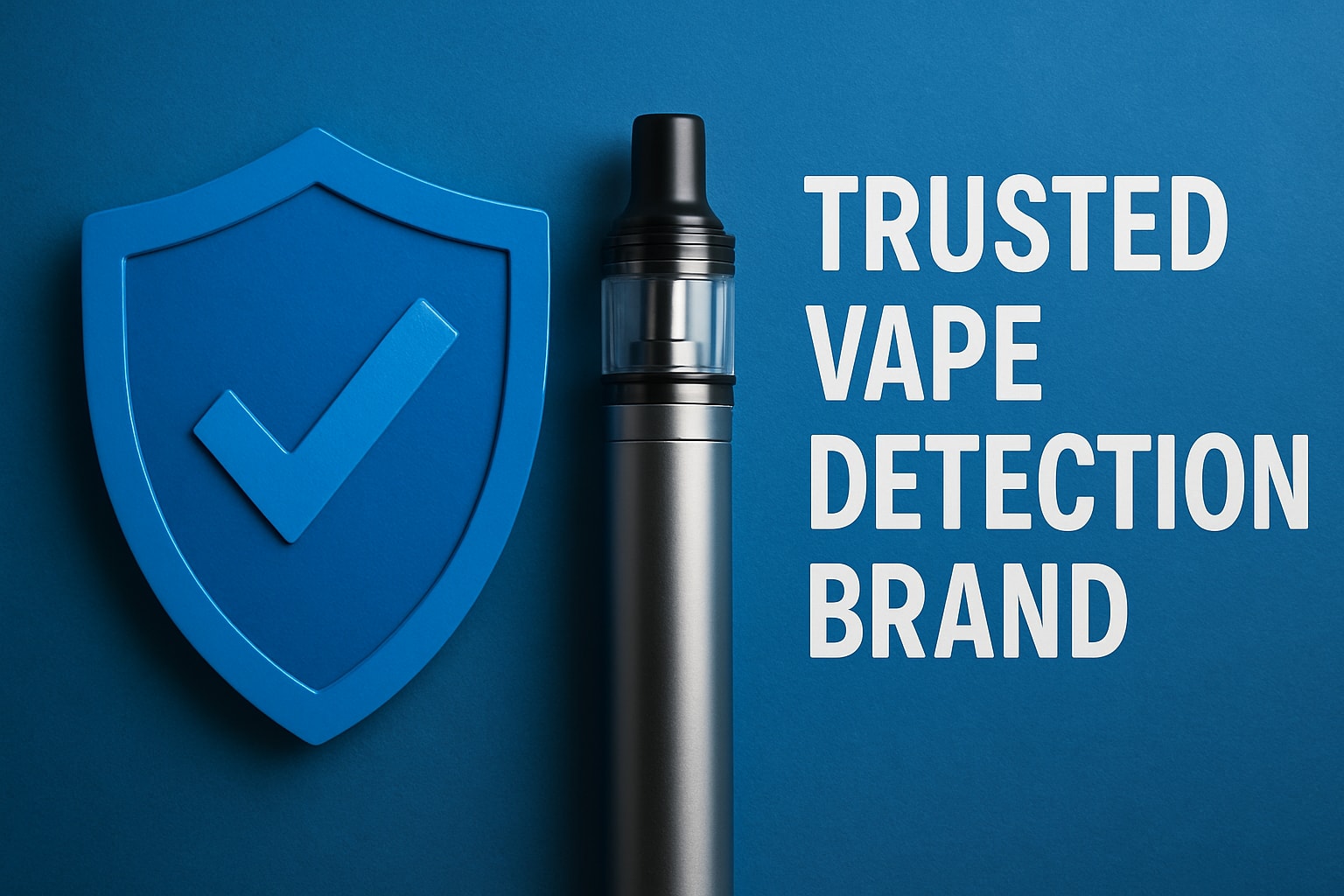Vaping has become a common sight in the UK, with many people considering it a less harmful alternative to smoking. However, while it may seem harmless, allowing vaping in retail and leisure spaces can come with hidden costs that impact businesses, employees, and customers. From damage to property to health concerns, this article explores why UK businesses should reconsider allowing vaping on their premises.
1. Damage to Property and Increased Maintenance Costs
Unlike traditional cigarettes, vaping devices do not produce ash or cigarette butts. However, they still leave their mark on a business’s interior. The aerosol from e-cigarettes contains fine particles that can cling to surfaces, leading to a build-up of residue on walls, ceilings, and furniture. Over time, this can result in discolouration and an increased need for deep cleaning and repainting, raising maintenance costs. Additionally, some e-liquids contain sticky substances that can cause damage to upholstery and electronic devices.
2. Negative Impact on Air Quality
Many people assume that vaping does not affect air quality in the same way as smoking, but research suggests otherwise. While vapour may dissipate more quickly than cigarette smoke, it still contains harmful chemicals such as nicotine, formaldehyde, and volatile organic compounds. Poor indoor air quality can lead to complaints from customers and employees, particularly those with respiratory issues like asthma. In the UK, where indoor smoking is banned under the Health Act 2006, businesses need to consider whether permitting vaping contradicts their commitment to a clean and safe environment.
3. Customer Experience and Brand Image
Retailers and leisure venues rely on a pleasant atmosphere to attract and retain customers. The presence of visible vapour clouds can be off-putting to non-vapers, especially in family-friendly establishments such as shopping centres, cinemas, and restaurants. Customers may associate vaping with an unprofessional or uncomfortable environment, ultimately affecting footfall and sales. A business that allows vaping risks alienating potential customers who prefer a clean, smoke-free setting.
4. Employee Wellbeing and Productivity
Allowing vaping indoors can create an uncomfortable workplace for employees, particularly in enclosed spaces. Staff who are regularly exposed to secondhand vapour may experience irritation of the eyes, throat, and lungs. Additionally, if vaping is permitted during work hours, it may lead to decreased productivity as employees step away from their duties more frequently. Employers have a duty of care under the Health and Safety at Work Act 1974 to provide a safe working environment, and permitting vaping could complicate this responsibility.
5. Potential Legal and Regulatory Challenges
UK law does not currently prohibit vaping indoors in the same way it does smoking, but many local councils and businesses have implemented their own policies. Companies that allow vaping may find themselves in legal grey areas, particularly if customers or staff raise complaints about health risks. Furthermore, the UK government continues to review vaping regulations, and businesses that invest in vape-friendly policies may have to reverse them in the future if stricter laws are introduced.
Conclusion
While some businesses may see vaping as a minor concern, the hidden costs associated with allowing it in retail and leisure spaces cannot be ignored. From increased maintenance expenses to potential health risks and reputational damage, the long-term impact may outweigh any short-term convenience. For UK businesses looking to create a welcoming and professional environment, implementing a clear no-vaping policy could be the best approach.











Share:
How VapeGuardian Helps Schools Tackle Vaping on Premises
The Dangers of Vaping for Secondary School Students in the UK